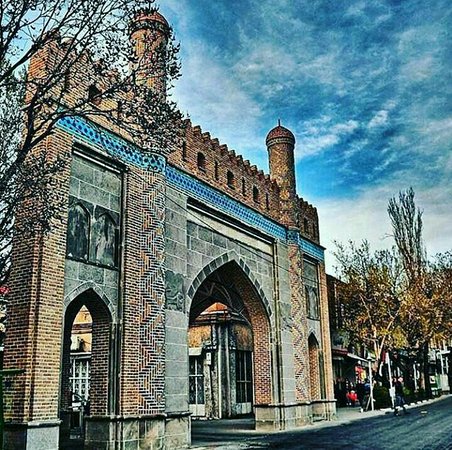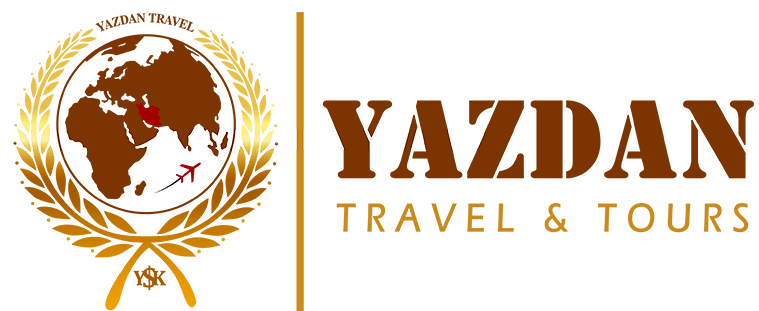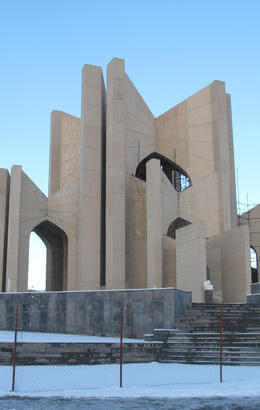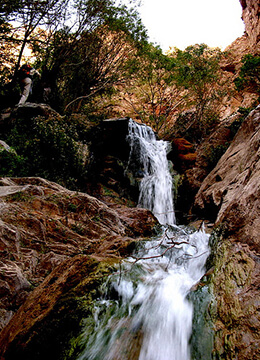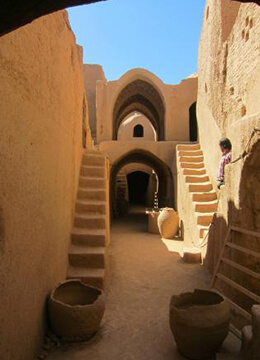Tabriz
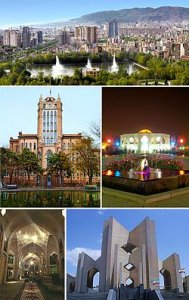 Tabriz
Tabriz
According to Wikipedia, Tabriz is the most populated city in northwestern Iran, one of the historical capitals of Iran and the present capital of East Azerbaijan province. Located in the Quru River valley, in Iran’s historic Azerbaijan region, between long ridges of volcanic cones in the Sahand and Eynali mountains, Tabriz’s elevation ranges between 1,350 and 1,600 meters above sea level. It is a modern industrialized Iranian city with signs of civilization dating back 2,500 years. Having some of most famous museums, holding some of the cultural events, and harboring a couple of the most prestigious Iranian universities, the city is considered a major hub for science and culture in Iran. The economic base of Tabriz is manufacturing, commerce and transportation. Local industries produce carpets, cement, textiles, food, footwear, soap, agricultural machinery, motorcycles and household appliances. With a very rich history, Tabriz used to house many historical monuments. Unfortunately, many of them were destroyed in repeated invasions and attacks of foreign forces, negligence of the ruling governments, and natural disasters such as earthquakes and floods. What remains now mostly dates back to the Ilkhanid, the Safavid, and the Qajar.
One can never be bored there due to the numerous sightseeing in the city and around; 4 most appealing places to see are as follow:
Saat Tower; the symbol of Tabriz. It was used as the main office of the city municipality. Nowadays it is cite for the Municipality Museum which displays pictures and items from Tabriz’ history.
El Goli (locals call it Shah Goli), is a pool and a building in the middle. It used to be the summer palace for rulers or the king who ruled in Tabriz. Nowadays it is considered a suburban park with a square artificial pond. In the center, a small hall is on an island and hosts a restaurant.
Blue Mosque (Goy Machid), built in 1465, this mosque was famous because of its blue tiles. It was severely damaged in an earthquake in 1778, leaving only the entrance Iwan. It was reconstructed in 1970s by the Iranian Ministry of Culture. During reconstruction which is still in progress many of the missing parts replaced by painting instead of tiles.
Bazaar of Tabriz, Rasteh-Kucheh (City center). One of the oldest bazaars of the Middle East and the largest covered bazaar in the world. It was inscribed as World Heritage Site by UNESCO in July 2010. The bazaar is still alive and considered one of the major shopping and commerce center in Tabriz. Tabriz has been a place of cultural exchange since antiquity and its historic bazaar complex is one of the most important commercial centers on the Silk Road.
Some more to see in Tabriz:
Arg-E-Ali Shah, Constitution House, Azerbaijan Museum, Maqbarat-o-Shoara (tomb of several famous poets), East Azerbaijan State Palace, Jomeh Mosque, Tabriz Museum of Natural History, Shahryar Literary Museum, Kandovan Village, Mount Sahand, Saint Stepanos Monastery, Takht-e-Suleiman, etc.
